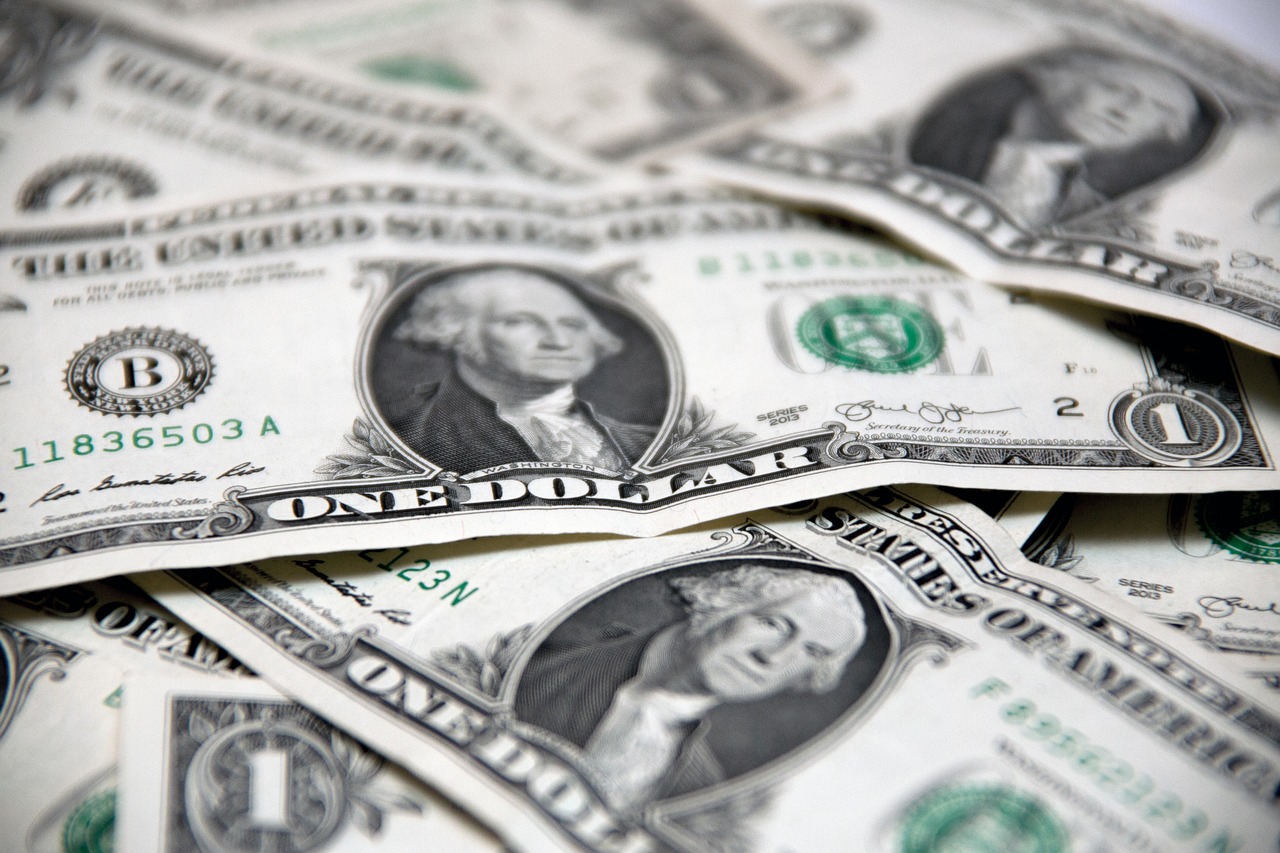"A stronger dollar could exacerbate the fall in global trade and economic activity in the short term," the IMF study said.
The fall in emerging markets 'currencies against the dollar amid the pandemic boosted hopes for an increase in the competitiveness of developing countries' exports, Financial Times writes.
However, according to IMF economists, developing countries are unlikely to be able to take advantage of the weakening of their national currencies against the dollar to stimulate the economy, since the dynamics of their rates in the short term has little effect on exports, prices for which are set in dollars.
At the same time, the strengthening of the dollar leads to an increase in import prices and a decrease in demand for imported goods and services.
In addition, the recovery of the tourism industry, which usually reacts strongly to fluctuations in national currencies, is limited due to quarantine measures.
The IMF noted that the largest share of settlements in dollars is observed in the foreign trade of Latin America and Asia.
In March, amid a collapse in global stock markets, demand for the dollar jumped, as a result of which the US Federal Reserve launched swap lines with foreign central banks. In May, the dollar rate began to decline, and the demand of foreign central banks for dollar loans decreased.
However, the exchange rate of developing countries' currencies against the dollar is still below the pre-crisis level. As noted by FT, the Brazilian real has fallen in price by about a third since the beginning of the year, and the Mexican peso has depreciated against the dollar by 20%.
source: imf.org, ft.com
The fall in emerging markets 'currencies against the dollar amid the pandemic boosted hopes for an increase in the competitiveness of developing countries' exports, Financial Times writes.
However, according to IMF economists, developing countries are unlikely to be able to take advantage of the weakening of their national currencies against the dollar to stimulate the economy, since the dynamics of their rates in the short term has little effect on exports, prices for which are set in dollars.
At the same time, the strengthening of the dollar leads to an increase in import prices and a decrease in demand for imported goods and services.
In addition, the recovery of the tourism industry, which usually reacts strongly to fluctuations in national currencies, is limited due to quarantine measures.
The IMF noted that the largest share of settlements in dollars is observed in the foreign trade of Latin America and Asia.
In March, amid a collapse in global stock markets, demand for the dollar jumped, as a result of which the US Federal Reserve launched swap lines with foreign central banks. In May, the dollar rate began to decline, and the demand of foreign central banks for dollar loans decreased.
However, the exchange rate of developing countries' currencies against the dollar is still below the pre-crisis level. As noted by FT, the Brazilian real has fallen in price by about a third since the beginning of the year, and the Mexican peso has depreciated against the dollar by 20%.
source: imf.org, ft.com



















